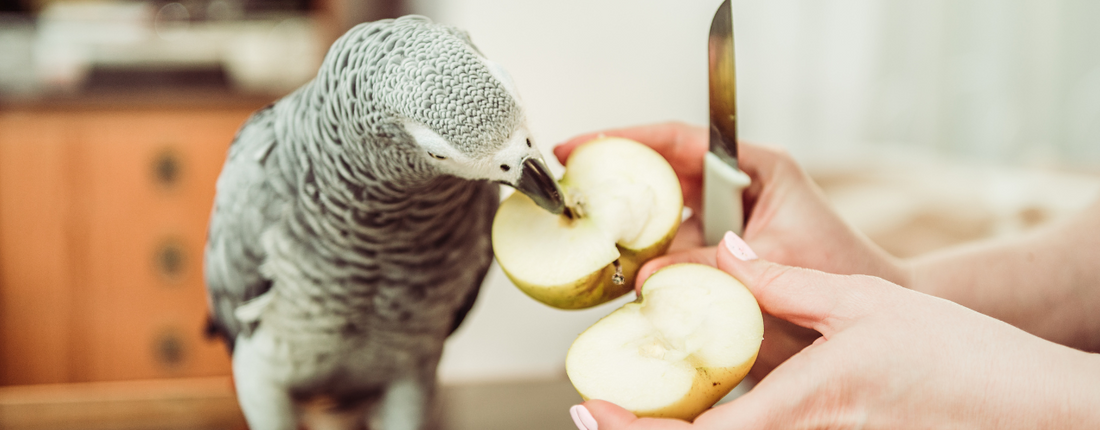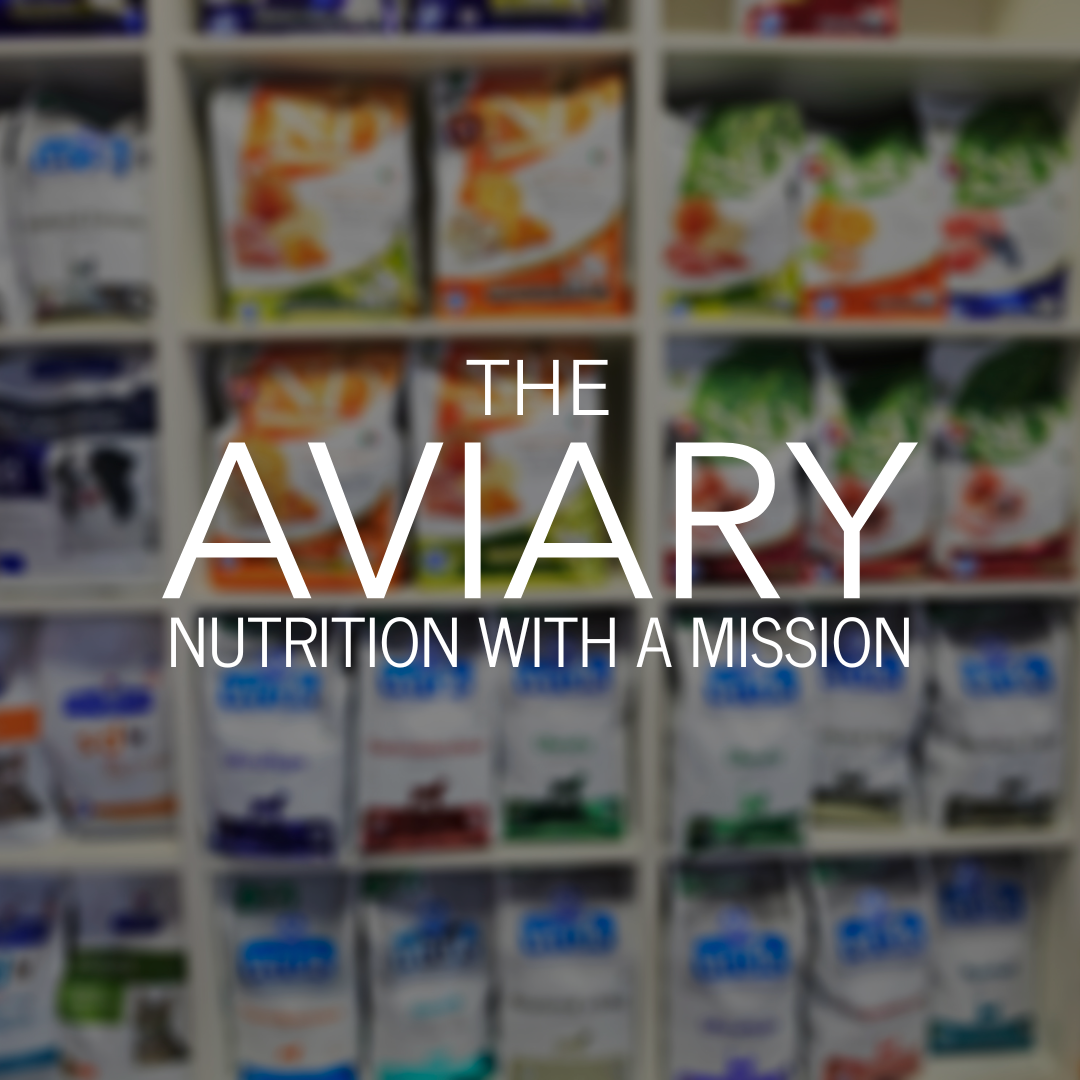
How to Transition Your Parrot to a Healthier Diet Without the Stress
Changing a parrot’s diet can feel like trying to reason with a toddler who’s just discovered biscuits. If your bird is used to eating seed-heavy mixes or turning their beak up at anything green, the idea of switching to a healthier diet might sound impossible. But it can be done, gently, gradually, and without the drama.
I’ve helped transition plenty of parrots over the years, including my own, and here’s what’s worked best.
First, Let Go of the Guilt
Before you even start, it’s important to drop the guilt. Most of us were sold bags of low-quality seed mixes by pet shops or breeders when we first brought our birds home. We did what we were told. You’re here now, trying to do better, and that’s what counts.
This isn’t about perfection. It’s about progress.
Why Bother Changing Their Diet?
Seed-only diets (especially the ones packed with sunflower seeds and peanuts) are high in fat, low in variety, and often lead to obesity, liver disease, hormonal issues, and behavioural problems. A healthier diet supports better feather quality, more stable moods, stronger immune systems, and even longer lifespans. Plus fewer vet visits which is far better for your wallet!
And let’s be honest, most parrots stuck on junky seed diets are bored. Food should be exciting, colourful, and full of natural foraging opportunities.
The Golden Rule: Go Slow
Parrots are creatures of habit. A sudden switch in their food can cause stress or flat-out refusal to eat. That’s why gradual transition is key.
Here’s how to do it:
1. Start With What They Know
If they love dry seeds, don’t remove them completely right away. Instead, start by introducing small portions of new foods alongside what they already eat. Sprinkle some chopped raw veg into their bowl or hand-feed bits of fresh food when they’re calm and curious.
Even if they ignore it, or chuck it on the floor, keep offering it. One way I have found works time and time again is preparing it on my own plate and eating it myself, most birds want a bit of what we are eating, and this is biologically ingrained into them. If they see someone else eating something, they know it is safe and isn't going to kill them. One of the major parts of introducing new foods is trying to get the bird to understand it is safe and won't kill them!
2. Use Familiar Shapes and Colours
If your bird is used to beige and brown, a sudden bowl of bright green kale and purple cabbage might be overwhelming. Try matching colours and textures to things they already like. For example, orange sweet potato can look like dried corn. Thin ribbons of carrot might feel like safe shredding material.
You’re not just feeding them, you’re building trust.
3. Introduce a Morning Routine
A good feeding rhythm helps parrots know what to expect. I recommend:
-
Morning: A fresh meal of chopped raw veg, a few herbs, and a small amount of soaked or sprouted seeds. If you want to use fruit, try to use berries or keep the fruit content lower than veg.
-
Evening: A dry mix and either pellets or high-quality seeds, but not both in the same bowl.
This rhythm mirrors natural feeding habits and supports digestion, hormone balance, and calmer behaviour.
4. Make Food Foraging Fun
Scatter new ingredients on a clean tray or wrap them in paper for your bird to rip open. Use foraging toys, muffin trays, or little boxes to hide small bits of healthy food. Turn eating into a game, it boosts mental stimulation and helps them engage with new textures.
5. Don’t Give Up Too Soon
It can take 10, 20, even 30 exposures before a parrot accepts a new food. Just because they’ve ignored kale for a week doesn’t mean they won’t eventually nibble it. Rotate ingredients. Serve them differently. Let them see you eat it too.
6. Upgrade Their Seeds or Pellets
If your parrot eats commercial seed mix, try switching to a cleaner, more balanced version with less sunflower and more variety. Our Soothing Seed Mix is a great place to start, it’s free from sunflower seeds and contains ingredients that support gut health and calm energy.
If your bird eats pellets, look for cold-pressed, nutrient-dense options without artificial colours or seed oils, we recommend Tops.
It doesn’t have to be all or nothing. Even adding one new veg to your bird’s bowl each week is a win. You’re building a healthier, more interesting life for them, one day at a time.
And if you ever feel stuck, just remember: you’re not doing this alone. There’s a whole flock of us out here figuring it out too.
Want help getting started? Try our Soothing Dry Mix or Soothing Seed Mix, designed to support a smoother, stress-free diet transition. And feel free to message me any time with questions. I’m always happy to help.
